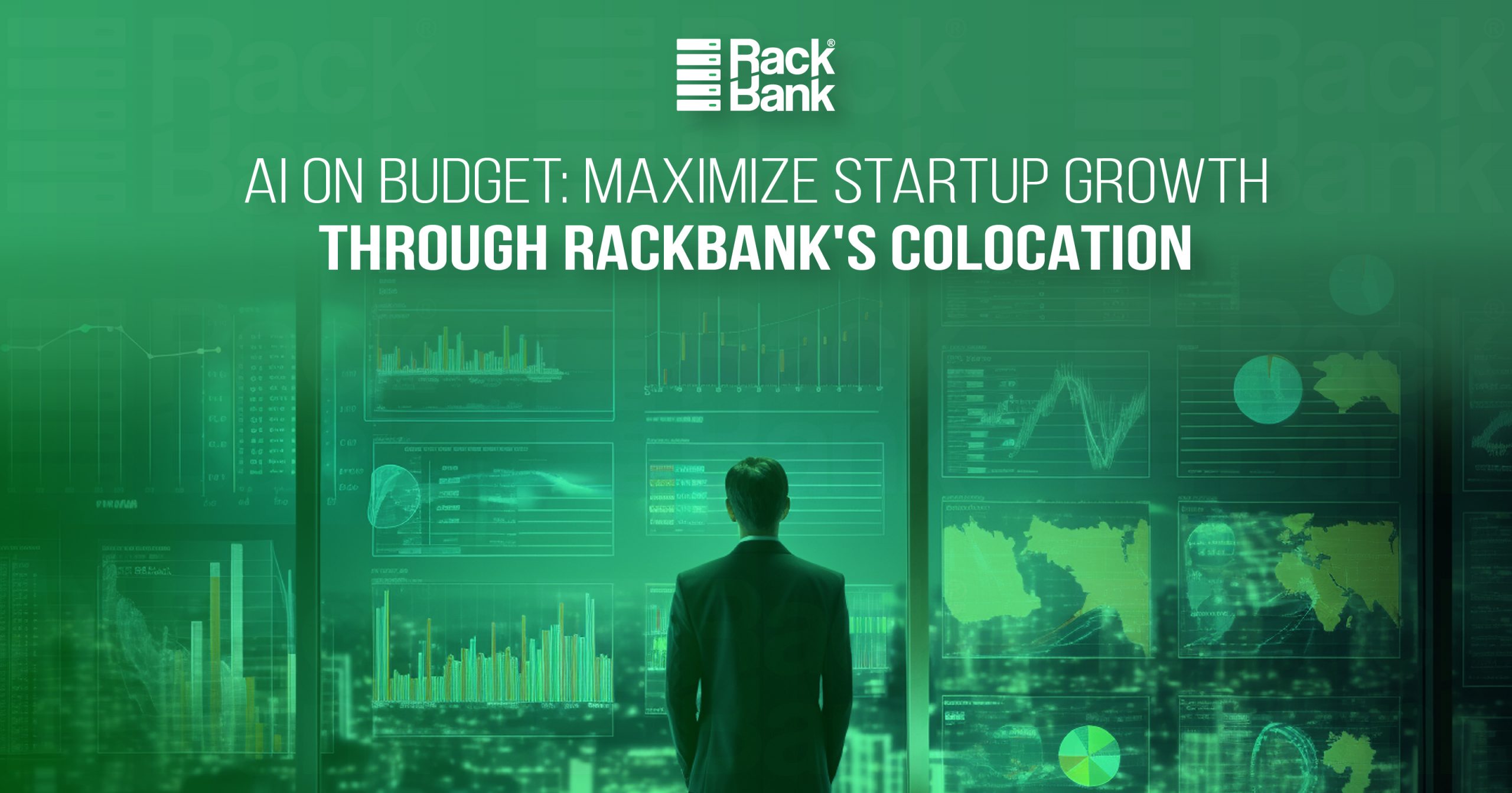TL;DR: Why Colocation Is a Smart Move for Modern Businesses
- Eliminates the massive capital expense of building your own data center by offering ready-to-use, enterprise-grade facilities.
- Provides stronger reliability with 24/7 professional monitoring, controlled environments, and built-in redundancy (N+1 or more).
- Ensures better security through controlled access, surveillance, and dedicated caging for your hardware.
- Delivers superior connectivity and network performance through a shared ecosystem of carriers and partners in the same facility.
- Enables quick scaling and expands capacity anytime without major investments or operational disruptions.
- Offers powerful infrastructure components like robust HVAC, ventilation, UPS systems, and high-power density racks.
- Simplifies disaster recovery with pre-existing resilience and backup mechanisms built into the facility.
There are 2.4 billion internet users in the world, according to a world bank indicator. This population is growing and with more people on-boarding the wagon of the internet there is more data created every minute. By the time the seconds hand on the clock reaches back to the same digit Google has received more than 4 million searches. Yes, 4 million searches in a minute.
With the huge amount of content generated by not only social media sites but also platforms like blogspot, WordPress there is a need to store and manage this data.
Data is getting created at breakneck speed making data center important but connectivity even more important.
The boom in data has caused existing IT infrastructure to become insufficient internally and externally for enterprises. Colocation comes as a next level strategy for most businesses that find it absurd to develop a Datacenter of their own. Unless, of course, if you are a multi-billion dollar company that can afford it.
Colocation refers to renting of space to place servers in data centers owned by service providers. The obvious benefits come from huge savings on capital expenditures to build a complete Datacenter and its obvious operational expenditure.
Think of colocation as parking your car in a common garage. The common garage owner built the garage, maintains it and ensures everything is smooth. You need not build a garage of your own, need not fret over anything related to having a garage of your own. Of course, the analogy would raise eyebrows about the practicality of such car parking garages but just extend it to understand colocation, and it fits.
Service providers could render services ranging from hosting, application hosting, database hosting services, etc. In colocation, they are just renting out space where servers and hardware owned by customers are placed.
With professionals working round the clock, to manage every backend process to maintain favorable conditions at the facility better reliability is an obvious outcome. Depending upon the extent of service rendered you could get N+1(or greater) redundancy with Colocation.
Although your servers share locations with other servers overall security of the Datacenter is enhanced. You also get proper caging equipment in place to secure access to your hardware.
Click to Read– How Colocation Services Are Benefiting Small and Medium Enterprises
Colocation brings in efficiencies and delivers better connectivity. Below are some of the prominent advantages of choosing to shift your servers in a colocation facility.
- The obvious benefit of cost through economies of scale.
- You can increase capacity quickly, at low cost and predictably so even in the short run.
- The power density offered is superlative; HVAC systems, ventilation, UPS, redundant power supply, heating equipment are the main building blocks.
- Businesses grow rapidly, this lean management of data centers helps stimulate growth.
- Measures for disaster recovery are already in place, redundancy of N+1 (or greater) is easily available with colocation services.
- The complete ecosystem of partners within one facility provides for better connectivity in this hyper-connected world of networks.
- Dedicated infrastructure to build your cloud strategy. A cloud storage is just around the corner once colocation is implemented.
Choosing colocation services can be an excruciating decision to make. But yeah it is easier than asking your Board to give you $500 million to build a Datacenter for your company. Make a list of major points that you see are important, after all you are putting your equipment someplace else. For instance, proximity to your organization is one factor, you don’t want to waste too much time traveling to the facility to troubleshoot issues(in case). Do due diligence beforehand and buy what you need, no less and no more.



